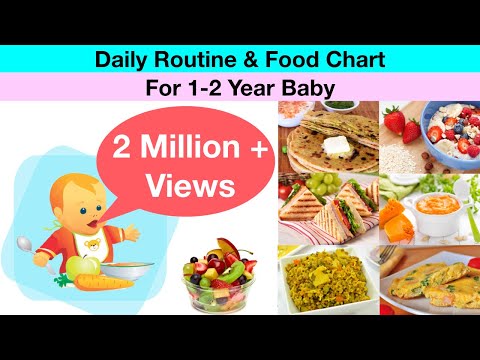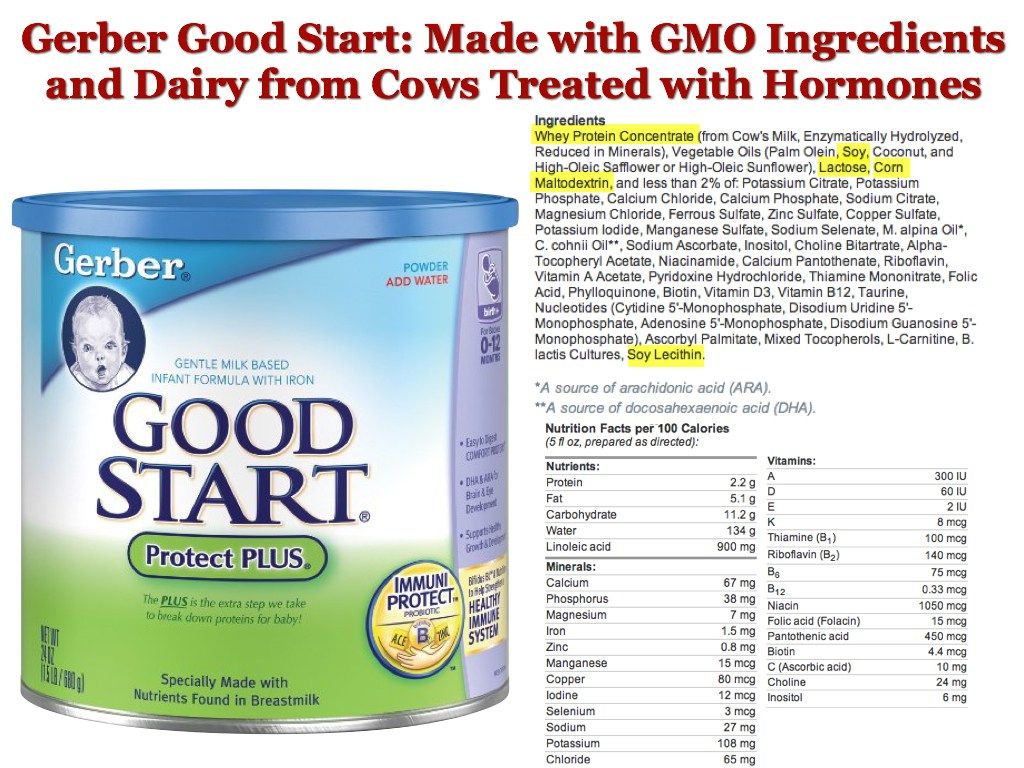What vegetables to feed baby
Best Vegetables for Babies
We all want our kids to grow up eating a healthy diet — and it’s hard to think of a healthier food than vegetables. Full of complex carbs, fiber, vitamins, minerals, and antioxidants, veggies are a dietary building block of wellness, even for very young children.
But the question always follows: Can you actually get your kid to like vegetables? The battle over a plate of veggies is a classic parent-child power struggle.
Here’s how to not only choose the best veggies for your baby, but prepare them in ways that will help your kiddo become a veggie lover for life.
For babies just starting to eat solids (around 6 months or so), try these six softer, blendable veggies.
Carrots
Bugs Bunny’s fave orange veggies are a baby food staple for good reason. Once cooked, carrots puree beautifully and offer a not-too-piquant flavor for baby’s sensitive palate.
Plus, they contain plenty of fiber to promote healthy digestion, as well as beta carotene, which converts to vitamin A to boost vision and immune function.
Spinach
Speaking of cartoon characters’ favorite vegetables, remember Popeye’s love for spinach? This leafy green deserves its cartoon reputation for being rich in iron — a nutrient babies especially need for energy and development.
Cooked, pureed spinach is best for younger infants. Add a sprinkle of salt to enhance taste.
Pumpkin
Pumpkin may bring to mind chilly temperatures and falling leaves, but with canned varieties, your child can enjoy the gourds any time of year. Pureed pumpkin’s smooth texture is ideal as one of baby’s first foods, and high amounts of A and C round out its nutrient profile.
Avocados
Avocados are the heroes of healthy monounsaturated fats. These important macronutrients help develop baby’s brain and nervous system, as well as increase absorption of fat-soluble vitamins A, D, E, and K. Meanwhile, each serving of avocado comes with a sizable dose of fiber and folate.
Keep in mind that a little bit of high fat avocado goes a long way.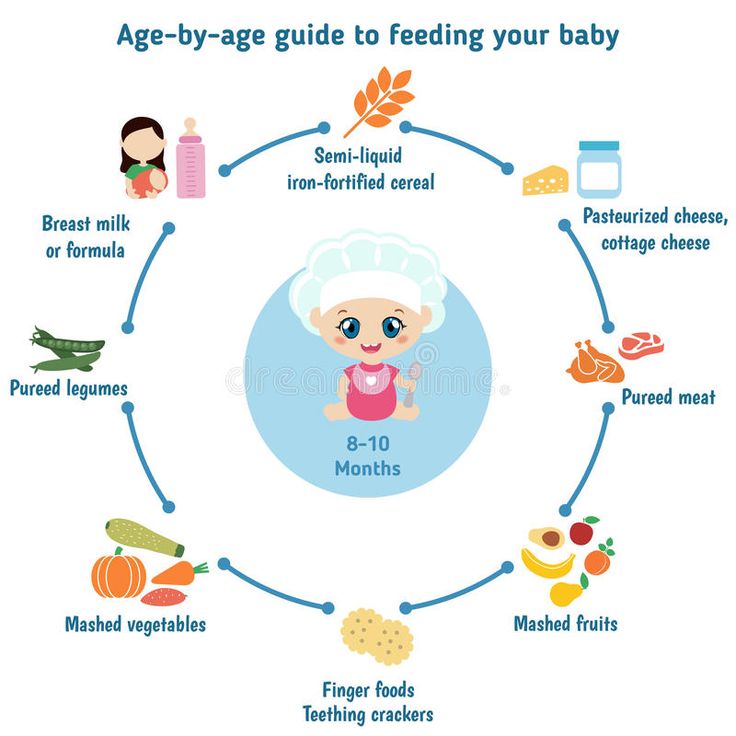 Start with a serving of about 1 tablespoon, mashed.
Start with a serving of about 1 tablespoon, mashed.
Sweet potatoes
Mashed cooked sweet potatoes not only make for easy-peasy serving to your little one, they’re loaded with nutrients, too! Like carrots and pumpkin, sweet potatoes burst with immune- and vision-supporting vitamin A, plus plenty of fiber, manganese, vitamin B6, and vitamin C.
When serving sweet potato to your baby, be sure to mash well and remove the skin.
Peas
Mushy peas might not sound like a culinary delight to adults, but they’re an excellent choice for infants. These little green balls are one of the highest-protein veggies, with 4 grams per serving.
To serve, simply steam frozen peas and blend until pureed. You can even add a bit of breast milk for a thinner consistency.
As your baby becomes more of a solid food pro, try introducing these six veggies.
Broccoli
With cancer-fighting compounds and micronutrients galore, broccoli is an extremely healthy veggie for people of all ages.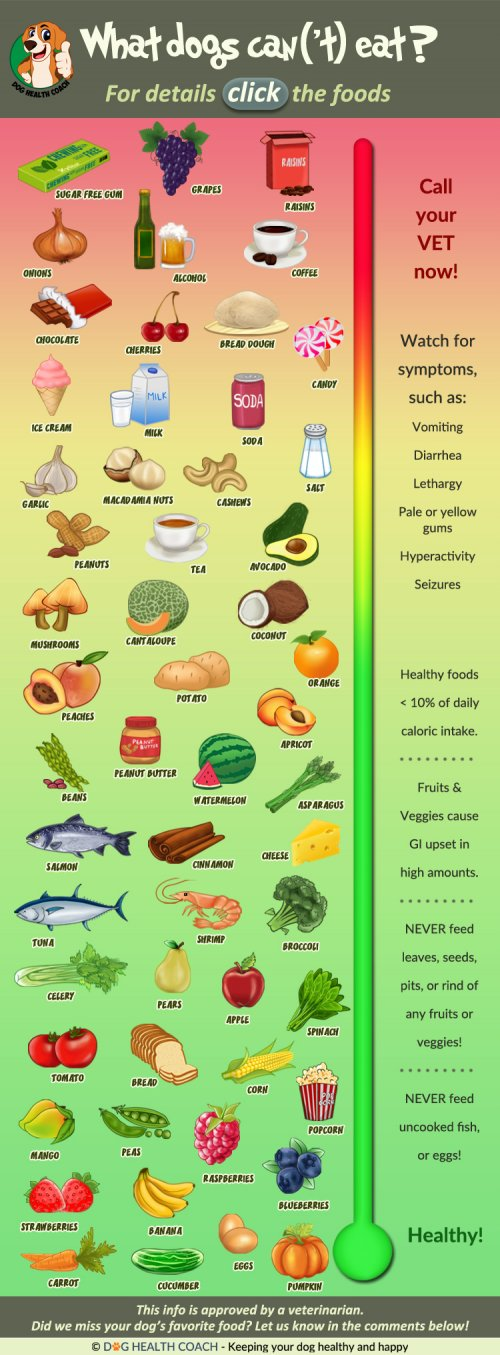
Turn your baby on to this cruciferous superfood by serving steamed or roasted broccoli by itself, or add it to pasta dishes, cheesy baked potatoes, or soups cooled to room temperature.
Cauliflower
Has your little eater cut a few teeth? Now’s the time to try cooked cauliflower! The chunky texture of this veggie in a puree (or roasted and roughly mashed) offers just the right level of challenge for new chewers.
Zucchini
When the summer months roll around, take advantage of a bumper crop of zucchini by feeding some to baby. Green and yellow summer squash offer mild flavor and nutrients like manganese, potassium, and vitamin A.
Try serving your baby zucchini prepared as cooked, spiralized “zoodles” with a tomato sauce or thin-sliced and pan-sautéed with a bit of olive oil.
Tomatoes
Before long, your kiddo will likely be chowing down on all sorts of tomato-based foods like pizza and spaghetti with marinara. For now, get them started on the fresh, whole version by serving tomatoes in finely chopped pieces.
Ample water content for hydration plus vitamins C and A add to tomatoes’ value as a healthy first veggie.
Onions
Because of their pungency, you might shy away from feeding your child onions. But these aromatic alliums can be a great way to add flavor to baby’s diet without sodium or anything artificial. Try cooked onions in casseroles or mixed in with other vegetables.
Beets
We’ll be honest: Beets are an acquired taste. That said, you can make them more tempting for baby by pureeing cooked beets with fruits like blueberries or cherries.
The pigments in these colorful blends might leave baby with a red beet “mustache,” but beets’ high content of folate, manganese, and fiber are well worth it.
You can help your child take the lead in the weaning process by providing them plenty of self-feeding opportunities. Incorporate these four bite-sized, easily grasped veggies in baby-led weaning (BLW).
Butternut squash
When first starting with baby-led weaning, opt for softer foods. They’re easier for baby to gnaw, which may allay your concerns about choking. (Still, carefully supervise your baby during mealtimes.)
They’re easier for baby to gnaw, which may allay your concerns about choking. (Still, carefully supervise your baby during mealtimes.)
With their tender texture and sweet taste, pieces of cooked butternut squash are an excellent first round of BLW. Dust cooked pieces with cinnamon for even more flavor.
Bell peppers
Fun fact: Ounce for ounce, bell peppers contain more vitamin C than oranges! This important vitamin not only strengthens the immune system, it acts as an anti-inflammatory antioxidant.
Give baby’s health a leg up by letting them self-feed diced bell peppers. If the peppers’ strong flavor gets a negative reaction, try serving them with cheese or hummus.
Cucumbers
There’s nothing quite so refreshing as a cool, crunchy cucumber. These veggies’ cooling sensation can be especially soothing for babies’ teething gums. To reduce the risk of choking, peel the skin off of cucumbers and dice them into small pieces as part of baby-led weaning.
Edamame
Everyone knows that popping edamame beans out of their shells is half the fun of eating these tender legumes. However, for baby-led weaning, start by placing shelled, slightly mashed edamame on the high chair tray. Their high protein content will fuel baby’s playtime, as well as build muscle tissue.
However, for baby-led weaning, start by placing shelled, slightly mashed edamame on the high chair tray. Their high protein content will fuel baby’s playtime, as well as build muscle tissue.
Vegetables are among the healthiest foods on the planet. Could anything go wrong with feeding them to your baby?
For very young children, there are some safety concerns about nitrates — compounds certain vegetables absorb from soil.
When babies consume excessive amounts of nitrates, it can lead to a condition called methemoglobinemia. Babies with this condition may develop a blue tinge on their hands, feet, and mouth, and may have fatigue and difficulty breathing.
If your baby has any of these symptoms — especially shortness of breath — seek medical attention immediately.
Root vegetables like beets and carrots and leafy greens (especially spinach) do contain relatively high levels of nitrates. But this doesn’t mean you shouldn’t feed these healthy veggies to your baby when they start solids.
Older research from 2005 shows that high amounts of nitrates from vegetables are primarily harmful to babies 3 months of age and younger — but since it’s not recommended to introduce solid foods until around 6 months, this is likely to be a nonissue.
- Baby carrots. “Baby” may be in their name, but baby carrots are not a good choice for infants. Their size and hardness make them a choking hazard.
- Raw celery. The stringy fibers of raw celery can easily lodge in a baby’s throat. If you choose to serve your baby celery, be sure it’s cooked thoroughly and cut into small pieces.
- Corn. Creamed or pureed corn is fine for infants, but avoid serving the small, chewy kernels by themselves.
- Any hard, raw vegetables. According to the American Academy of Pediatrics, chunks of raw vegetables remain a choking hazard until children reach the age of 4 years.
As with any food group, you may run into snags when introducing your child to the wide and colorful world of veggies. Although allergies to vegetables are rare and no vegetable is among the top eight food allergens, it’s always possible for a child to have an allergic reaction to any food.
Although allergies to vegetables are rare and no vegetable is among the top eight food allergens, it’s always possible for a child to have an allergic reaction to any food.
If your baby has symptoms like vomiting, diarrhea, wheezing, hives, or a rash after eating a particular vegetable, talk to your pediatrician about the possibility of an allergy or food sensitivity.
Contrary to the stereotypes, getting your kid to eat their vegetables doesn’t have to be an epic battle of the wills. By introducing a wide variety of veggies and preparations from a young age, you’ll give your little one the best chance of developing a veggie-loving palate.
Even if your high chair gourmand spurns spinach or turns up a nose at turnips, don’t despair! Keep at it. The more you expose your child to any food, the more likely they are to eventually accept (and even enjoy) it.
5 Ways to Encourage Eating Veggies
I’m excited to share a guest post today from two fellow Registered Dietitians. Read on for 5 tips to encourage your infant to eat vegetables, and great ways to serve vegetables to babies.
Read on for 5 tips to encourage your infant to eat vegetables, and great ways to serve vegetables to babies.
I can’t wait to try that recipe out on Riese – and tip #3 below, too!
If you’re interested in learning more about baby led weaning, or looking for recipes or ways to encourage infants to eat more vegetables and plant-based foods, this post is for you!
Please note there are affiliate links in this post.
How to Encourage Babies to Eat More Vegetablesguest post by Whitney English Tabaie MS, RDN and Alexandra Caspero MA, RDN, Creators of Plant-Based Juniors
As new parents, we were only vaguely aware of the term “baby-led weaning” before we were thrusted into the new-mom community and saw many of our friends doing it.
Isn’t that the funny thing about becoming a parent?
Suddenly, the things you never knew you cared about become all you think about. AM feedings quickly become optimal research times, scrolling on our phone in the dark looking for answers to the day’s questions.
(Related: check out my post about the best natural and organic personal care products to use for babies and toddlers, plus other Products I Recommend for New Babies + Expectant Mamas)
Baby-Led Weaning
If you’re not sure what baby-led weaning means, let us explain.
It’s essentially the concept of giving babies solid food right from the start–without the use of spoon-feeding purees.
However, the term “weaning” can often be confusing. We aren’t weaning them off breast milk or formula as you’ll still want to offer that until at least the first birthday. Instead, it refers to gently weaning baby on to solid foods, allowing him time to explore various flavors and textures.
In our new ebook, Plant-Based Juniors: First Bites, we outline everything you need to know about baby-led weaning, from how to start, troubleshooting, nutrition, meal prep, a grocery list and more. We also include 20 delicious plant-based, baby-led weaning recipes. (Interested? Use code ‘pbjpartner’ for 10% off your own copy.)
(Interested? Use code ‘pbjpartner’ for 10% off your own copy.)
While there are a few advantages of offering solids right from the start, we think the biggest plus is increased acceptance of more interesting and varied flavors and textures since babies get to experience food in its natural state.
Think of your baby’s palate like a blank canvas, easily shaped by each new taste and experience. As dietitians and parents, we’re focused on shaping that palate to enjoy all foods, especially nutrient-rich foods like vegetables.
Therefore, whatever approach to feeding you take, we recommend adding vegetables at almost every meal.
Studies have shown that babies who eat a wide variety of vegetables during the first year of life go onto eat more vegetables than those that don’t. Sweet-tasting vegetables like carrots and sweet potatoes might be more accepted than bitter-tasting vegetables but that’s OK.
Continuing to offer vegetables in different ways helps improve acceptability.
Want more ideas?
Tips to get babies to eat more vegetables
- Vary your own diet
Breastfeeding? Then your diet may be just as important as baby’s!
According to recent studies, babies are more likely to enjoy the foods their moms ate while breastfeeding over new foods they were never exposed to. If you are nursing, here’s one more reason to pile on the vegetables.
- Add spice to vegetables
Yes, babies like flavor!
We don’t know where the idea of bland baby food came from, but it likely wasn’t from a baby! Season baby’s food the same way you would yours.
All seasonings are on the table, except for salt, sugar and anything too spicy. Experimenting with different spice blends is a great way to expose your baby to new flavors.
- Make superfood baby popsicles with vegetables
We consider popsicles to be the perfect place for leftover smoothies and green juices – throw them into a popsicle mold, freeze and you’re done!
Since whole leafy greens can be a choking hazard for young infants, serving them blended in popsicle form is a great solution!
There’s a full recipe in the e-book, but we like to make superfood popsicles with spinach or kale, fruit, and breast milk or formula.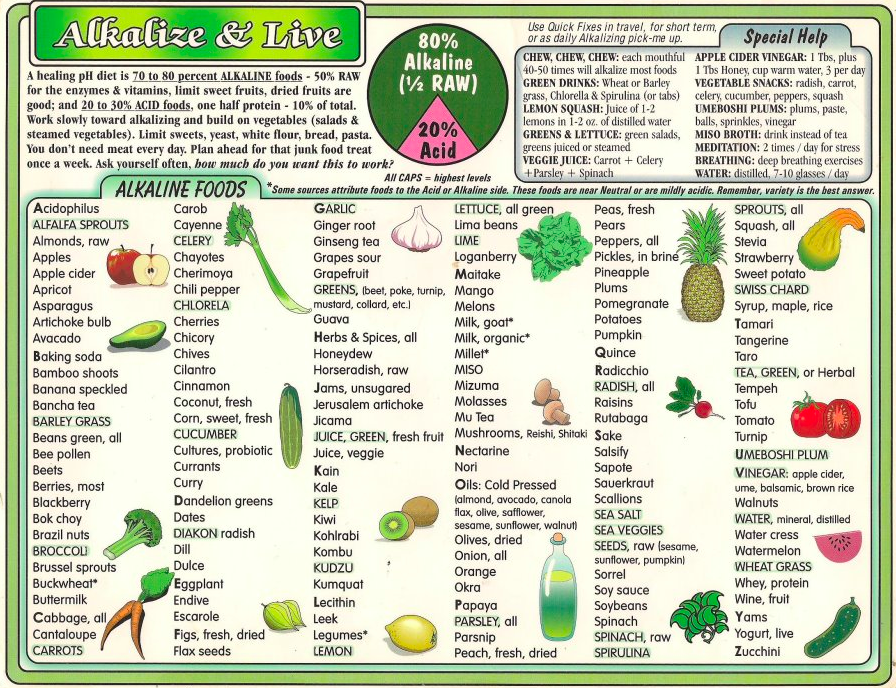 A bonus point is that popsicles are a nice treat for teething babes!
A bonus point is that popsicles are a nice treat for teething babes!
More popsicle ideas: Watermelon Rosemary Popsicles (leave out the honey for babies under 1) and Nectarine Ice Pops (leave out the maple syrup, babies don’t need the extra sugar).
- Offer your baby vegetables often
The key to acceptability?
Making vegetables part of the everyday routine.
This is true for kids of all ages, the more they are exposed to veggies; the more they are willing to try them.
We like to offer a vegetable in some form at every meal; it doesn’t need to be fancy – even steamed broccoli or finely chopped spinach in scrambled eggs works!
- Try serving veggies in a dip
We all know that kids love dips!
If your baby is less than a year old, dollop the vegetable dip onto steamed vegetable fingers or spread a thin layer on toast or simply put a dollop on a baby spoon and let them grab it themselves.
For older kids, offer the dip alongside items you know they will eat. For infants, omit any salt in recipes completely as their growing kidneys don’t need it. For older kids and adults, add salt to taste.
Here are a couple dip recipes to try with your kids: Savory Pumpkin Bean Dip + Avocado White Bean Hummus with Lemon.
—
Want more baby led weaning friendly recipes? Be sure to check out the e-book First Bites! In addition to helpful info about starting your baby on solids, it’s packed with 20 delicious plant-based recipes that can be used for baby-led weaning and beyond the first year. Use code ‘pbjpartner’ for 10% off.
Other posts from my blog you might enjoy:
- Baby Led Weaning Foods + Tips
Vegetables and fruits for the baby. When and what to give?
Babies grow fast and therefore need a lot of nutrients. By the age of 6 months, usually, the baby receives everything he needs with his mother's milk or formula. But this is only up to 6 months of age, and then, according to WHO recommendations, the child's diet should be supplemented with complementary foods.
But this is only up to 6 months of age, and then, according to WHO recommendations, the child's diet should be supplemented with complementary foods.
The first foods offered to a child at 6 months of age may be cereal, vegetable or fruit puree.
Regarding the introduction of vegetables and fruits, there are different opinions about what is better to give first: vegetables or fruits.
Vegetables or fruits?
Pediatricians often recommend starting your baby's introduction with mashed vegetables, because fruit is sweeter and some children may then refuse vegetables. In fact, it is very individual. An important argument in favor of vegetables is the fact that fruits are not the main meal and, therefore, they can be offered as a snack, dessert, or added to cereals and sour-milk products.
But vegetable puree is introduced into the baby's diet as a main dish, to which meat will be added later.
To get the most out of new foods, no matter what kind, introduce them to your baby in the right way.
How to choose fruits and vegetables for a baby?
For the first acquaintance, it is advisable to use the vegetables of our climatic zone: zucchini, cauliflower, broccoli, pumpkin, potatoes, squash. Give preference to seasonal vegetables. You need to start with one type of vegetable, and only after the child has received each of them separately, you can mix them.
Pediatricians recommend apples, peaches, apricots, plums as the first fruits.
What is better to choose: mashed potatoes in jars or cook it yourself?
There is no unequivocal opinion on this issue either among doctors or mothers.
Many people find that homemade vegetable or fruit puree is healthier because it retains nutrients, vitamins and minerals better.
Another part of the experts argue that modern growing conditions do not guarantee the safety of fruits and vegetables for young children, as they may contain a large amount of nitrates or pesticides.
Unfortunately, if vegetables and fruits are not from your own garden and you do not know where and how they were grown and how they were processed, then it is better to give preference to children's vegetable or fruit puree from jars.
Preference is given to industrial purees even when the beginning of acquaintance with vegetables and fruits falls outside the season of vegetables and fruits. If winter and zucchini are only imported, and apples have been stored in vegetable stores for quite a long time, then they are unlikely to be safe for a small child.
According to modern requirements for baby food products, vegetables and fruits for baby foods of industrial production are grown in special raw materials zones without the use of chemical fertilizers and pesticides. Modern production technologies make it possible to preserve vitamins and minerals as much as possible and provide the necessary consistency, in accordance with the characteristics of the digestive system and chewing apparatus of the baby.
Industrial purees also allow you to choose your baby's favorite vegetable or fruit, regardless of the season.
If you have your own garden and grow organically, you can confidently prepare vegetable and fruit dishes at home.
How to prepare vegetables and fruits for a baby at home?
When preparing vegetables and fruits, observe the following rules:
- select only good, undamaged, fresh vegetables and fruits
- Wash them thoroughly before cooking
- cook just before feeding your baby.
For a child of the first year of life, vegetables are boiled or cooked in a double boiler without salt and pepper. Grind with a blender or carefully grind to a homogeneous creamy consistency. If the puree is too thick, you can add a little vegetable broth in which the vegetables were boiled.
Vegetable puree is given warm, the optimum temperature of the puree for feeding is 37 - 38ºС.
Fruit can be given fresh or baked in the oven. But like vegetables, fruits should be chopped and peeled.
Fruit can be grated on a plastic grater or chopped in a blender. The grater or blender must be poured over with boiling water before preparing the puree!
When the child has 6-8 teeth, you can give a piece of fruit and he will eat it on his own.
Remember not to chase exotic fruits as they can cause an allergic reaction in your baby. Useful substances are better absorbed from fruits that are traditional for our climatic zone.
How many fruits and vegetables does a baby need?
A child can eat only a certain amount of vegetable and fruit puree per day in order to avoid indigestion. This amount depends on the age of the baby.
Approximate recommended daily intake of vegetable puree is
50-100g for a 6 month old baby, 150g for a 7 month old baby, 170-180g for a 8-9 month old baby, and from 10 to 12 months the amount of vegetable puree can be increased up to 200 g *.
Your pediatrician will help you determine the right amount of puree for your baby.
But, regardless of the age of the child, acquaintance with each new product should begin with no more than 1 teaspoon and gradually increase to the recommended age norm!
A child needs 2 times less fruit purees than vegetables.
Children at 6 months can consume 40-50g of fruit puree, at 7-8 months - 50-70g, at 9-12 months - 80-100g *.
What to combine vegetables and fruits with?
Vegetable and fruit purees are low-protein complementary foods, therefore they are given as an independent dish for no more than 2 weeks, then it is necessary to enrich them with high-protein foods.
Pediatricians recommend combining vegetable puree with meat supplements, thanks to which the baby will receive a rational, easily digestible lunch.
Fruit is good to combine with soft cheese, if it has already been introduced into the baby's diet, or added to milk or dairy-free cereals.
TM "Malyatko" offers different flavors of vegetable and fruit purees. Our purees are made from vegetables and fruits grown in our own fields in compliance with all the requirements of organic farming.
They are ready to use, so you will have more time to spend with your baby.
Malyatko - the basis of health for life!
*Clinical protocol for the care of a healthy child under 3 years of age
How to feed your child vegetables, even if he does not like them / 7 effective ways - article from the "How to feed" section on Food.ru
Method one: experiment
In a survey conducted by scientists from Staffordshire University, it turned out that many children aged 9-11 do not like the taste of cooked vegetables. So, some love carrots exclusively in a salad with an apple, others prefer to gnaw it whole, and still others - lo and behold! - love it stewed.
And here it is important to experiment: if your child prefers cauliflower only in the form of puree, and recognizes green beans fried with an egg in a pan, so be it.
The Nestlé Feeding Infants and Toddlers Study in the United States found that french fries are the most popular vegetable among children. And 27% of preschool children do not eat vegetables on a daily basis.
-
Life hack: if your child categorically refuses vegetable salad, offer him all the vegetables separately in the form of cuts.
Method two: offer a mix of vegetables and fruits
Almost any brand of children's products has fruit and vegetable purees in their assortment. Cauliflower with apple and banana, pumpkin with peach, broccoli with pear will please the child more than just puree from one vegetable.
Research shows that babies who are breastfed for the first six months are more likely to eat vegetables than those who eat formula.
Studies show that the more foods a child has tried in the first year and a half of life, the wider his diet will be later. So try to offer your child the maximum variety of vegetables and fruits during the feeding period.
-
Life hack: you can make similar mixes yourself and at home. Enough to have a blender. The only thing is, try to make sure that the child, if he categorically does not accept vegetables, would not see what you are making smoothies from.
Method three: mask
Meatballs, casseroles and cutlets will be juicier if grated zucchini or potatoes are added to them. Favorite children "hedgehogs" are unthinkable without stewed carrots and onions. Mashed potatoes with mashed cauliflower, parsnips, or celery will have a delicate flavor and airy texture. And pancakes from zucchini, carrots and potatoes are usually not considered vegetable children.
Research has been done in a number of countries on the influence of food choices on the enjoyment of vegetables. It turned out that the child would give preference to one variety of vegetables if he was asked to make a choice between at least two types.
Method four: cook together
Carrot cake, pumpkin cheesecake, spinach and cheese tart, cabbage pies - there are a lot of baking recipes with vegetable fillings. Get your child interested in baking together. Carrot cookies are easy to prepare, and a pie with tomatoes and basil can be made even by a younger student if there is a layer of puff pastry on hand.
Method five: Serve in an unusual way
Try to serve vegetables in an interesting way: cut into long sticks and put in a glass, cut cucumber shapes with a cookie cutter. If you have time, master the art of carving: carrot flowers, tomato roses, zucchini spirals. They can decorate mashed potatoes, and make “eyes” for cutlets from olives and olives. From greens, a lush mop of “hair” is obtained, and green beans are “needles” for hedgehogs or meatballs.
An analysis of numerous international studies has shown that children learn to eat vegetables more quickly if they are freely available: for example, on the table during family dinners. (PublicHealthNutr. 2009 and Appetite. 2015).
Method six: eat while playing or reading
Accompany any child's activity with vegetable snacks. While drawing, put a plate of cherry tomatoes on the table, read fairy tales with carrot sticks, play board games while eating a vitamin salad of grated vegetables.
Another option: feed to the accompaniment of cartoons. The brain is switched off in the process, and the child eats automatically. But don't overuse it.
Method seven: trying is not eating
This method works with older children: simply invite the child to try. He doesn't have to eat the whole serving of cauliflower in batter or vegetable casserole with green peas. But to try one spoon is to show concern for the person who was preparing dinner.
5 books that will help get your child interested in vegetables and not only:
-
"The Secret Life of Vegetables", Alena Vodopyanova
Publisher: "Compass-Guide"
A collection of fascinating, mysterious and funny stories about vegetables from our kitchen . The author reveals the secrets of the taste and benefits of vegetables and introduces the amazing properties of familiar products.
-
"Experiments with vegetables, fruits and other products", Bianchi Claudia, Pompili Matteo, Monaco Lorenzo
Publisher: "Eksmo"
With this book you can become a real magician! And learn a lot about vegetables and fruits. Did you know that if you cut an apple crosswise, there will be an asterisk on the cut? And if you conduct a similar experiment with pears or tomatoes, what do you think will happen?
Lots of interesting facts, visual experiments and life hack: how to keep olives afloat.
-
Cooking with Petson and Findus, Sven Nordqvist
Publisher: Belaya Vorona
It is not easy to find a child who does not know a kitten in green striped pants. He is loved by both preschoolers and schoolchildren. And Findus, by the way, loves not only fish. This book has a lot of vegetable recipes. Of course, your child will certainly want to try the dishes of their favorite character.
-
“How a pear gets into the brain”, Ilya Kolmanovsky
Publisher: “Pink Giraffe”
Witty illustrations and interesting stories about the complex relationship between man and food.




